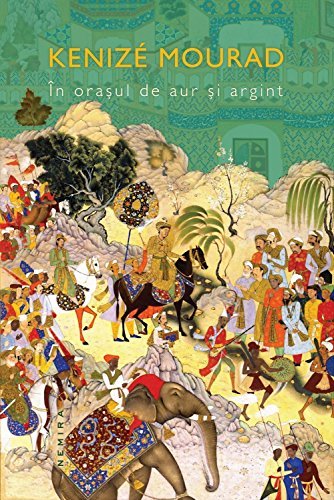What do you think?
Rate this book


Kindle Edition
First published January 1, 2010
"I wish I were the Commander in Chief in India...I should do my utmost to exterminate the Race upon whom the stain of the late cruelties rested."What with reading being confined to either the vacuous realms of Entertainment or White Supremacist Indulgences and the degrees of neither History nor Literature paying very much, there's little incentive to actually figure out what the actual fuck is going on. Present day oppression of Sikhism? The specter of poverty in India? Reasons for why white people are getting off so much on dystopias these days? Reading this book won't give you straight answers to that and very little of everything else, but if you ameliorate the flashes given of its events in the likes of River of Fire: Aag Ka Darya and Hawaii's Story by Hawaii's Queen, you'll begin to find surface level media and canon conscription as boring as I do. It won't help you at all when it comes to acing tests for grad school, but that's why us Millennials are so good at multitasking.
-Charles Dickens
By killing the other, we kill the vision that locks us into our insignificance and denies us our human dignity.
Yet, when violence breaks out the whole world is indignant:
"Why did you not speak up earlier? Why did you not explain yourself?"
She had written to share beauty and dreams, to convey ideas, feelings and fragments of life, those small pebbles on the path to the serenity she was seeking, and wanted to share with others. She does not write to exhibit her pains and is averse to the morbid narcissism that considers one's own miasma so worthy of interest that one wants to display it to the whole world. Is anything more banal than unhappiness? Everyone experiences it, we "encounter misfortune" daily. Happiness, on the other hand, is an art. Books and schools of philosophy have constantly tried to reveal different means of attaining it. This is her chosen path.